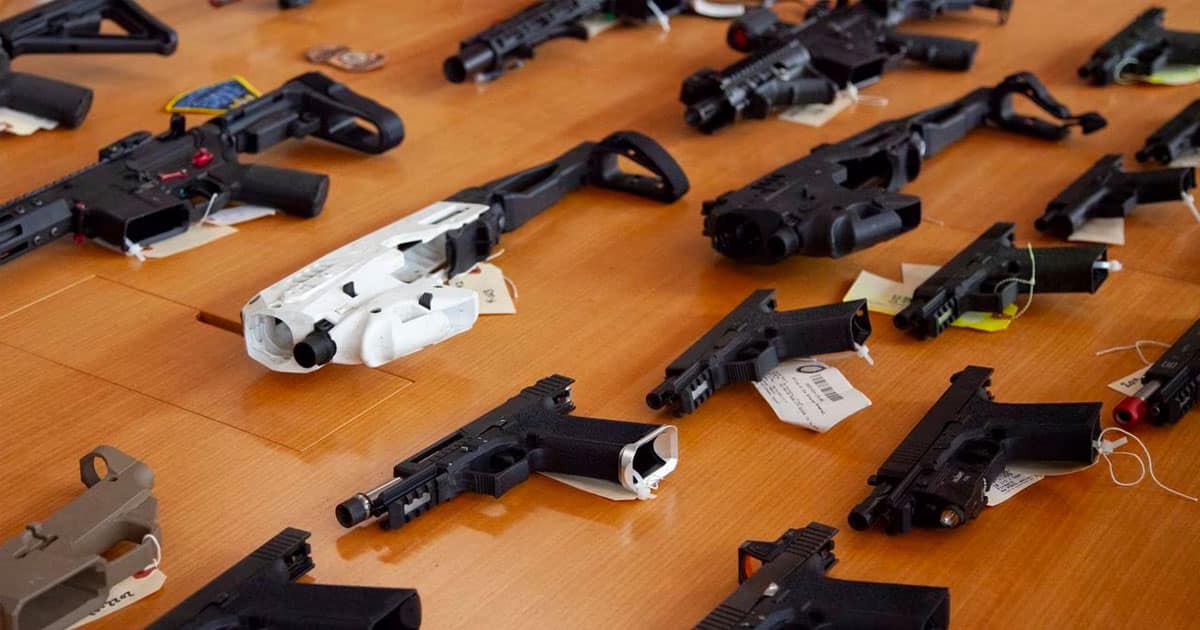
It is now well established in U.S. courts that firearms in “common use” are covered by the Constitution. This, however, does not prevent anti-gun states from eradicating the right to own, for example, an AR-15.
This despite the unquestionable fact that this firearm is the most popular rifle among American gun owners. Further, 20- and 30-round magazines are common fare with these weapons, meaning they are not “high capacity” or unusual and dangerous and detractors proclaim.
A coalition that included the state of Hawaii, 14 attorneys general and the District of Columbia recently countered the “common use” practice and in fact argued the opposite.
Their argument, though sweeping in possible effects, centers on a popular knife.
Simply put, this group contends that the state “authority” to ban common arms is essential. The impetus came from an August ruling by a three-judge panel that “butterfly knives” or “balisongs” are in fact bearable arms. This should not be surprising.
The Ninth Circuit concluded that as such, these knives are protected by the Second Amendment and Hawaii did not have the power to ban them.
The following month, Hawaii appealed the case, Teter v. Lopez. The state claimed the three-judge panel misapplied the law in its decision.
The state has every reason to expect a favorable ruling from the Ninth Circuit as it has historically held the Second Amendment in contempt.
Earlier this month, the coalition of 14 states and the District of Columbia filed an amicus brief in support of Hawaii’s position on the appeal. The group argued that Bruen and Heller did not stipulate that all arms fall under constitutional protection.
Incredibly, they asserted that a nuclear weapon carried in a backpack is broadly protected by the Constitution. This was nothing more than an attempt to frighten and had no bearing on the real-world issue.
Their argument that the Bill of Rights does not cover all common arms falls flat when considering the clear ruling in 2016’s Caetano v. Massachusetts. The U.S. Supreme Court unanimously ruled that stun guns are covered by the Second Amendment in the case of a woman arrested for possessing one. She carried it due to an abusive ex-boyfriend.
The states and D.C. also argued that only arms shown to be in common use for self-defense are protected.
Further, the brief made the flimsy claim that only arms in common use — not simply commonly possessed — qualify for Second Amendment protection. Their position was when a state asserts a weapon is unusual and dangerous, the plaintiff carries the burden of proving that it is in common use for self-defense.
If the arguments of this coalition are victorious, multiple Supreme Court precedents will effectively be nullified. Consider the wording of the 8-0 Caetano decision.
“The Court has held that ‘the Second Amendment extends, prima facie, to all instruments that constitute bearable arms, even those that were not in existence at the time of the founding.’”
Instead of applying common use standards, the high court made it clear that states must determine if the disputed instrument is a bearable arm. Clearly, in the case of Hawaii, the butterfly knife is a bearable arm just as so-called “assault weapons” such as AR-15s are.
This being the case, now the state must prove that a weapon is not in common use for legal reasons.
One goal of these states and D.C. is to narrow the definition of common use. They seek to define this practice as only physical acts of self-defense while ignoring the expansive deterrent effect of being armed. Having a weapon is in and of itself an act of self-defense, and it is not necessary to be attacked for that purpose to be served.
No, this is just another layer in the ongoing effort to neuter the Second Amendment out of existence. If the Ninth Circuit properly applies precedent, it will see that Hawaii, these 14 states and D.C. simply want the blanket authority to ban commonly used weapons. This power should not be granted.
